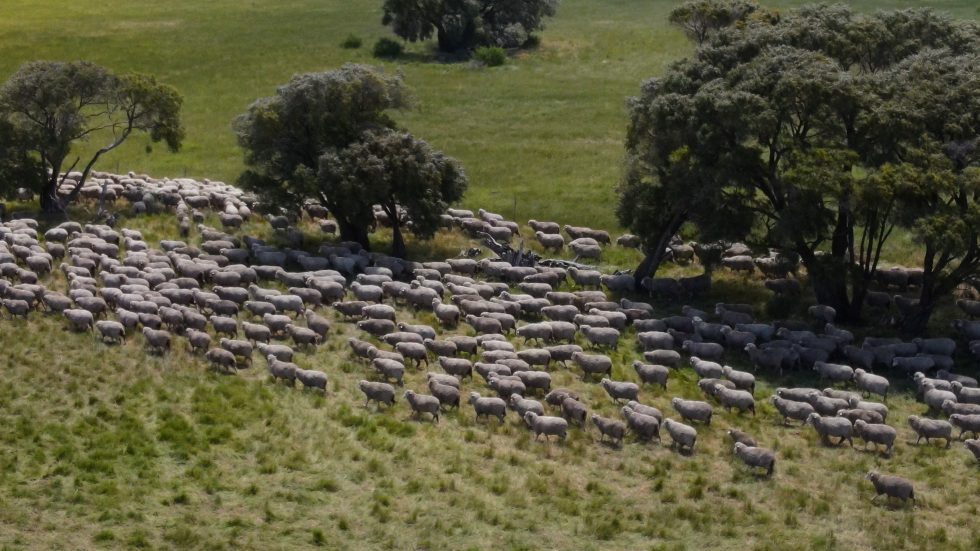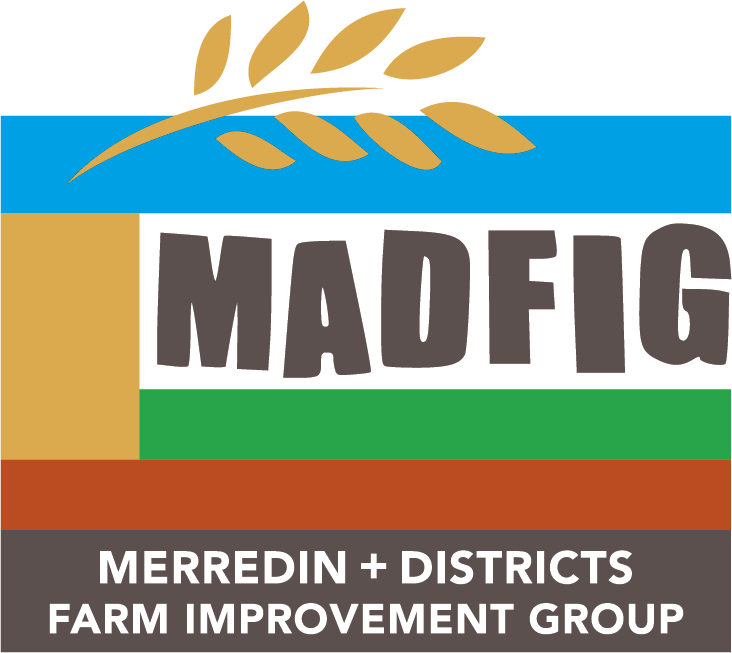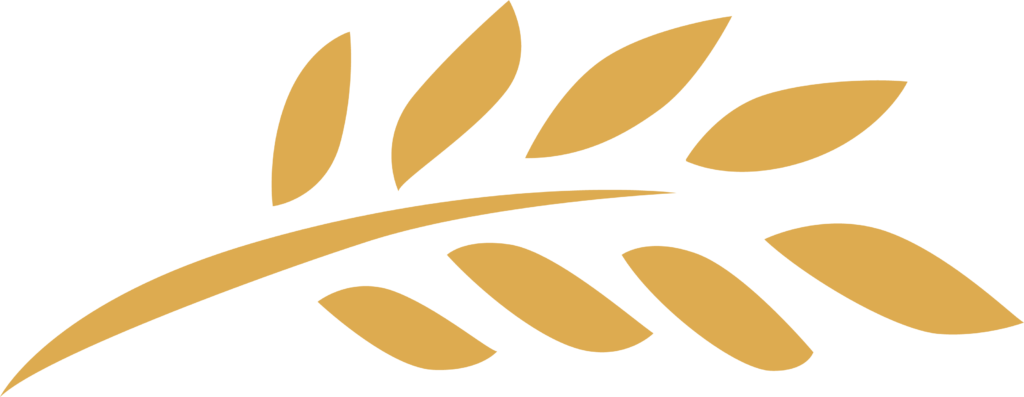MADFIG Projects
FEED365 - Investigating fodder options to fill feed gaps on marginal soils in low rainfall
MADFIG’s local trial is part of the FEED365 project is to redesign livestock forage systems to fill feed gaps in Mediterranean environments that are being challenged by climate change with increasingly hotter, drier and more variable seasons. This fits well with the Drought Hub hosted by MADFIG and supported by the Federal Drought Fund.
It’s a component of the SheepLinks Program– co-funded by Department of Primary Industries and Regional Development (DPIRD) and Meat & Livestock Australia (MLA) to support the WA sheep industry.
The project aims to develop a partnership between growers, scientists, and extension workers to develop and test new feedbase options and integrate them into grazing systems. The goal is to enable farmers to increase livestock returns by grazing high quality forage all year round with minimal supplementary feeding.
During 2021 DPIRD researchers established the FEED365 research component of the project at the Katanning Research Station (KRS) of evaluating forage species from a selection of traditional and novel species under grazing including:
- Perennial legumes and grasses
- Annual legumes and grasses
- Winter forages
- Grazing crops
- Opportunistic summer crops
- Crop stubbles
- Shrubs
MADFIG’s site is at Hayden & Sally Sprigg’s, on 10 ha of marginal cropping soils approx. 2km west of Moondon Road, Bonnie Rock.
Introduction: The trial comprises 2 experiments both investigating forage options for soils generally regarded marginal for producing grain crops and typical of the region. Through the 3 years of the project, 2023 – 2026, it is hoped that these options and their agronomy can be proven and further developed to increase the edible feed on offer at critical production periods.
Experiment 1 aims ‘to compare sheep grazing performance between 2 treatments – a cereal-pasture forage mix with fodder oats’.
4 equal size plots were marked out on a uniform area of Wodgil soil in a 10 hectare paddock. This allowed for two reps of each treatment to be established and to be separately fenced to allow for animal measurements from October 2023 onwards.
Subject to favourable seasons and animal welfare requirements these measurements will include grazing days, liveweight change and condition score.
Both treatments were sown using an air-seeder on 29 May 2023, with 26 kg MAP and 39 kg Urea / ha. Lupins were inoculated with Group G inoculant at seeding. Additional Group G/S Alosca granules were spread, post germination using the air seeder in the ‘cereal-pasture forage treatment’ as a precaution. NB the Lupin inoculant (Group G) is also compatible with serradella and can be used as a substitute to Group S if necessary.
- The ‘Control’ Oats sown at 50 kg / ha.
- Cereal-pasture forage mix (see below for species and sowing rates)
Forage | Rate kg / ha |
Lupins | 20 |
Canola | 0.5 |
Crackerjack triticale | 10 |
Safeguard ryegrass | 5 |
Fran2o serradella | 5 |
SerraMax serradella | 5 |
Early Results: Excellent germination and establishment of all the forage varieties sown. The air seeder placed seed / sown at two depths very accurately. Ryegrass, canola, serradella and triticale were sown at 5-10mm while Lupins and fertiliser were placed at 30mm). As you can see from the photographs (see figure 2) the seeder has two knife points and two hoses to allow separate seed and fertiliser or different types of seed. The front knife goes deeper and to the side of the second knife and the packing wheel at the back pushes the soil back down. As such the lupins were sown deeper and can be seen coming through slightly off-set in the furrow.
Summary of nutrient status in the Fodder Cereal mix experiment (1), to achieve a 90% relative yield.
Representative soil samples were collected at the surface (0 – 10cm) and subsurface (20cm) collected on 11th July 2023. These were collected in the middle and corners of each of the 4 reps. Samples were comprehensively analysed at an accredited laboratory. The soil fertility is considered relatively uniform across the 4 plots (reps). Considering the low PBI of the soil fertility at both depths across the site fertility is high. Sulphur is slightly lower in the topsoil, being more prone to leaching. Organic carbon levels are good and will be contributing to mineralisation of nitrogen and its availability to the fodder cereal mix and improving soil moisture retention. pH levels are considered favourable for the species grown (5.4 in the topsoil and 4.4 in subsoil) for maximum production and allowing most nutrients to be available. The levels of macro nutrients are not expected to be causing adverse effects to the plants. However, tissue testing the legumes may indicate any issues for grazing sheep and any yellowing or patchiness in the plants should be best explained from tissue testing (possible micro element issues).
Full copies of the soil test results are available on request.
Experiment 2 aims ‘to rank biomass production and sheep grazing preference for 13 fodder shrub varieties.’
The site is approx. 2 hectares, adjacent to experiment 1, consisting of a uniform magnesic hard-setting soil has been scrapped and ripped and planted with 10 shrub species.
Each of the 3 shrub species is planted as a plot/cluster 52 plants each and in randomly allocated plots across three reps over the site. As such to achieve sheep preference testing the shrubs are planted in a cafeteria layout, see Table 1.
Key measurements include biomass prior to grazing, using the Adelaide technique, followed by weekly grazing scores. Following planting on 11th July 2023 it is anticipated the first grazing of the shrubs will be in Spring 2024.
Summary of nutrient status in the Fodder Shrub experiment (2)
Representative soil samples were collected at the surface (0 – 10cm) and subsurface (20cm) collected on 11th July 2023. These were collected in the middle and corners of each of the site. Samples were comprehensively analysed at an accredited laboratory. The soil fertility is considered slightly more variable across the site than those in Experiment 1. Considering the medium sized soil aggregates and soil structure differences across much of the site during planting the shrubs the soil PBI overall is quite low. However, the soil fertility at both depths across the site is good. Organic carbon levels are good and will be contributing to mineralisation of nitrogen and potential growth of the shrubs and improving soil moisture retention. pH levels are considered favourable for the shrub species grown (5.4 – 7.3 in the topsoil and subsoil) for maximum production and allowing most nutrients to be available. The levels of macro nutrients are not expected to be causing adverse effects to the plants.
Full copies of the soil test results are available on request.

Become a Sponsor
MADFIG cannot succeed in it’s mission without the support of its valuable partners.
Annual sponsorships are available for purchase.

